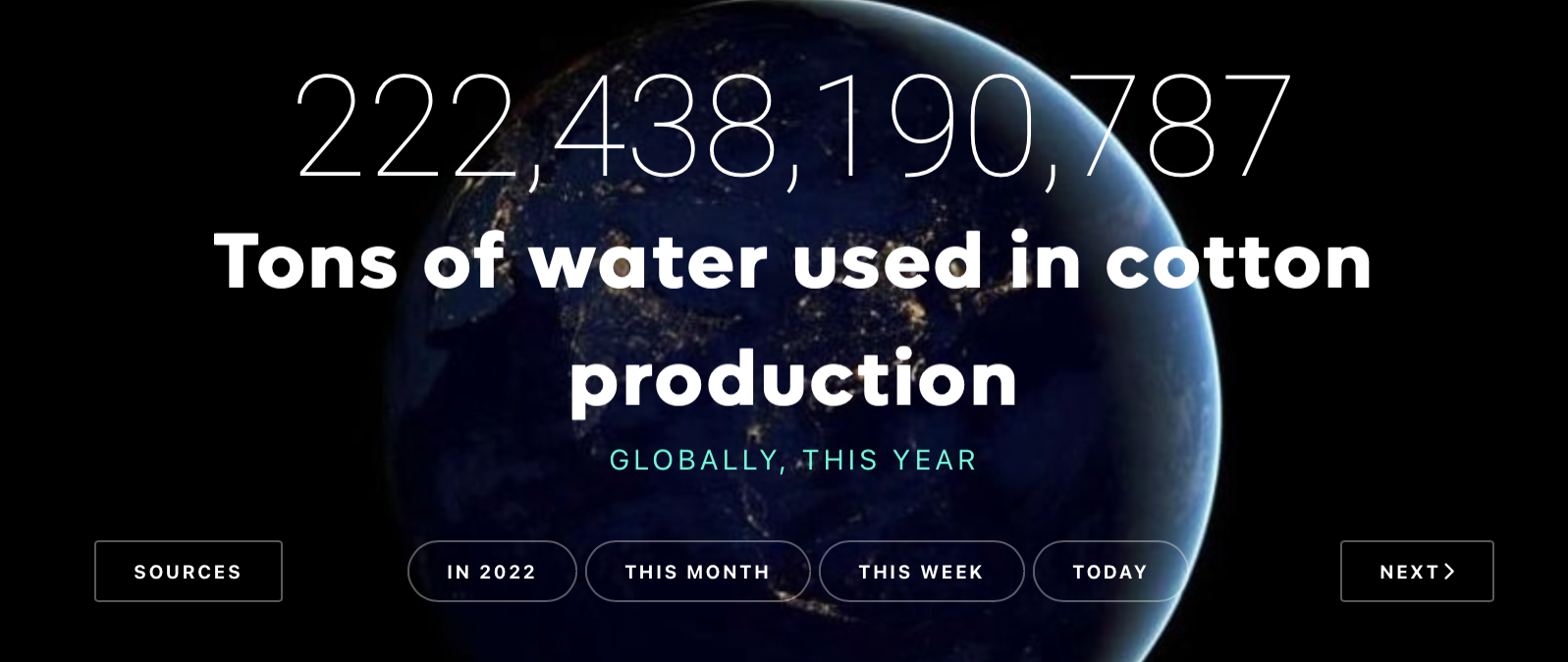Your climate is shaped by cotton – explained
When we think about ‘how to stop climate change’, we often focus on transport, food and energy and miss out on the textile industry. let’s see cotton and climate change How to stop global warming climate change
In reality, the industry pumps between 1.22 and 2.93 billion tones of CO2 into the atmosphere every year. Even cotton, the commonly used natural fiber, generates carbon emissions of around 220 million metric tons yearly.
What causes global warming?
When carbon dioxide (CO2) and other air pollutants build up in the atmosphere, they absorb sunlight and solar rays that have already reflected off the earth’s surface.
Normally, this radiation would escape into space, but because these pollutants may linger in the atmosphere for many years or even decades, they trap the heat and make the planet hotter.
The greenhouse effect is the result of these heat-trapping pollutants, specifically carbon dioxide, methane, nitrous oxide, water vapour, and synthetic fluorinated gasses, which are referred to as greenhouse gases.
In this article, we will unpack how cotton contributes to the emission of these heat-trapping pollutants to understand the link between cotton and climate change and provide sustainable alternative suggestions like hemp.

This infographic shows the key areas where GHG emissions happen while producing cotton. The two main focus areas are energy use and fertilizer production.
The use of nitrogen-based fertilizer in growing cotton
One of the biggest factors that link cotton and claimed change is nitrogen-based fertilizer. The primary nutrient, or food, that the cotton plant needs to grow is nitrogen, which is one of the most important and frequently found ingredients in fertilizers.
Since 1750, nitrous oxide (N2O) levels have increased by 20% in the atmosphere, where they have stayed for more than 100 years. While emissions have increased by 30% over the past forty years as a result of human activity, according to the researchers.
The majority of these emissions are generated by emissions from synthetic fertilizers that dominate in China, India and the United States.
In fact, if N2O emissions are not curbed, global average temperatures could rise well above 3 degrees Celsius (5.4F) higher than pre-industrial levels.
Currently, we have the 1.5 °C target. The goal of the Paris Agreement calls for countries to take concerted climate action to reduce greenhouse gas emissions in order to limit global warming.
Better Cotton released a study on GHG emissions. It was found that Better Cotton production had a 19% lower emissions intensity per tone lint than comparison production across China, India, Pakistan, Tajikistan and Turkey.
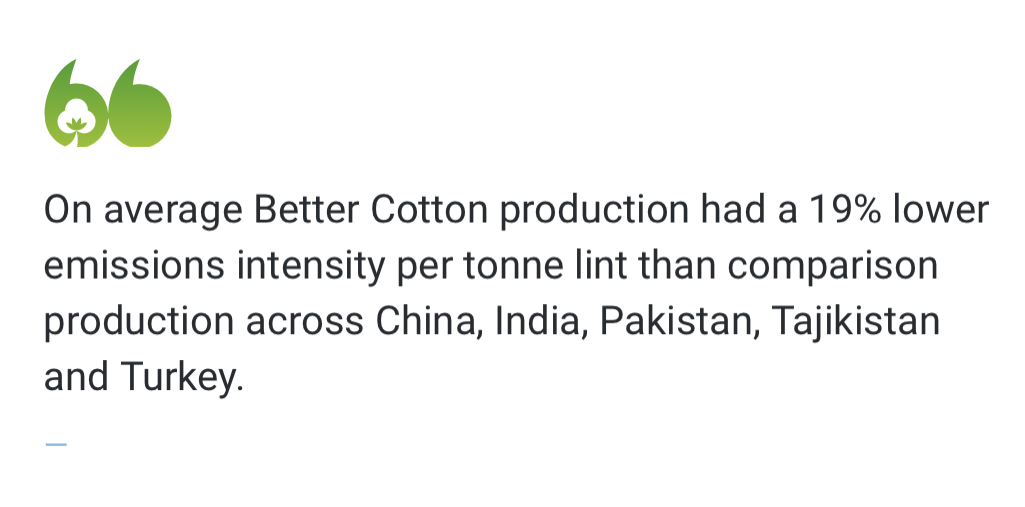
However, the largest emissions hotspot was found to be fertilizer production, which accounted for 47% of total emissions from Better Cotton production.
The only solution is to look for an alternative that is not as fertilizer intensive. One such plant is hemp.
Hemp is one of the fastest-growing crops on this planet, so it does not need fertilizers either. If fertilizers are used, it certainly does not need as much as cotton.
Cotton and climate change – pesticides, insecticides and herbicides
Unless you are consuming organic cotton (which is so expensive), your cotton garments make use of pesticides, insecticides and herbicides. This can easily explain that Cotton & Climate How to stop global warming climate change.
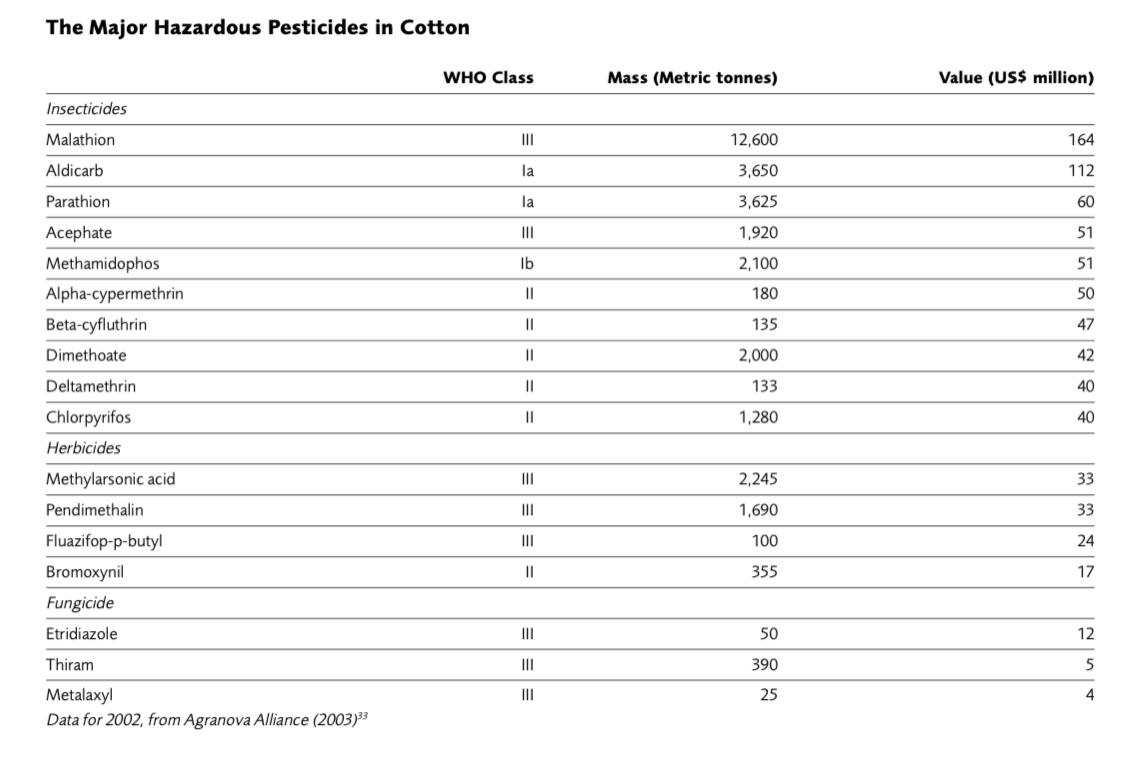
This table shows some of the most hazardous pesticides used in cotton and how much.
In total, almost one kilogram of hazardous pesticides is applied per hectare under cotton, and cotton is responsible for 16% of global insecticide use – a figure higher than any other single crop
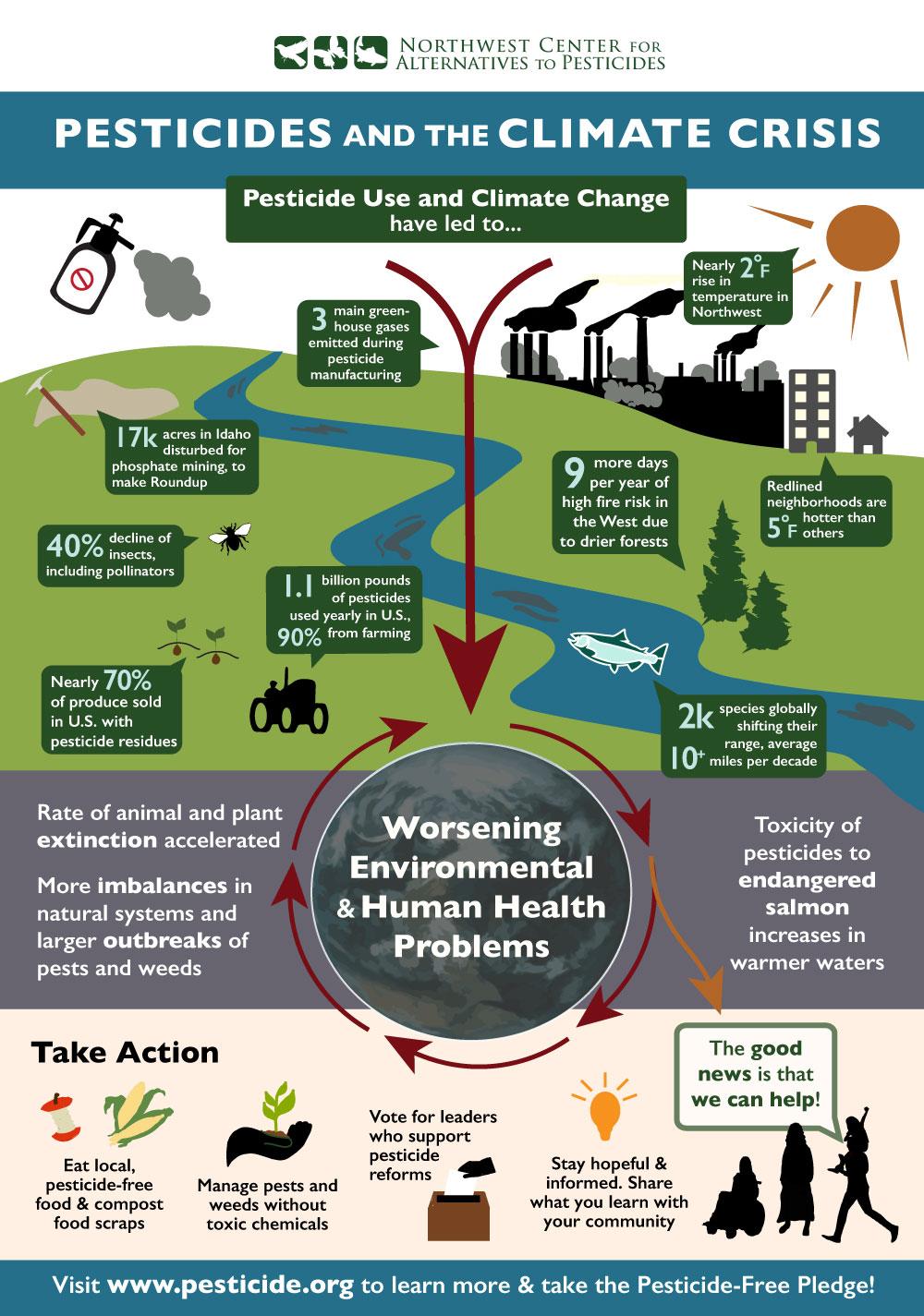
When pesticides are made, three main greenhouse gases are emitted: carbon dioxide, methane and nitrous oxide. The use of pesticides alone caused an increase of 2°F in the Northwest and made redlined neighborhood’s 5°F hotter than others.
We need to look for an alternative crop that does not require pesticides, insecticides and herbicides. And we already have such alternatives that we need to explore.
Like, hemp.
Hemp doesn’t need any pesticides, insecticides or herbicides. This is because the plant is naturally resistant to most pests.
GHG emissions from cotton irrigation
Irrigation practices can greatly influence greenhouse gas (GHG) emissions because of their control of soil microbial activity and substrate supply.
One cotton shirt requires somewhere around 2,700 litres of water. To yield a kilogram (2.2 lbs) of usable cotton it takes around 20,000 litres or 5283 gallons of water. And with this much cotton, you only get a pair of a t-shirt and a pair of jeans.
Compared to other natural textiles like flax, bamboo, and hemp, cotton needs much more water.
In fact, a research paper from the University of Twente, the Netherlands, mentions that hemp requires less than one-third of the water that cotton needs. The water requirement for growing one kilogram of cotton is 10,000 liters. One kilogram of hemp needs only 2,719 liters of water.
Globally, cotton production uses a staggering quality of water. Visit this calculator to know how much exactly.
Global cotton production requires over 250 billion tons of water annually.
The Aral Sea, once the 4th largest lake in the world, is now virtually gone mainly because of cotton cultivation.
How cotton uses water in different ways in the agricultural and industrial stages.
- Collected rainwater for growing cotton evaporates
- Withdrawal of water for irrigation (ground- or surface water)
- Water pollution caused by runoff pesticides, fertilizers and other chemicals.
- Extraction of ground- or surface water
- Pollution of water from industrial processes.
Energy use in cotton
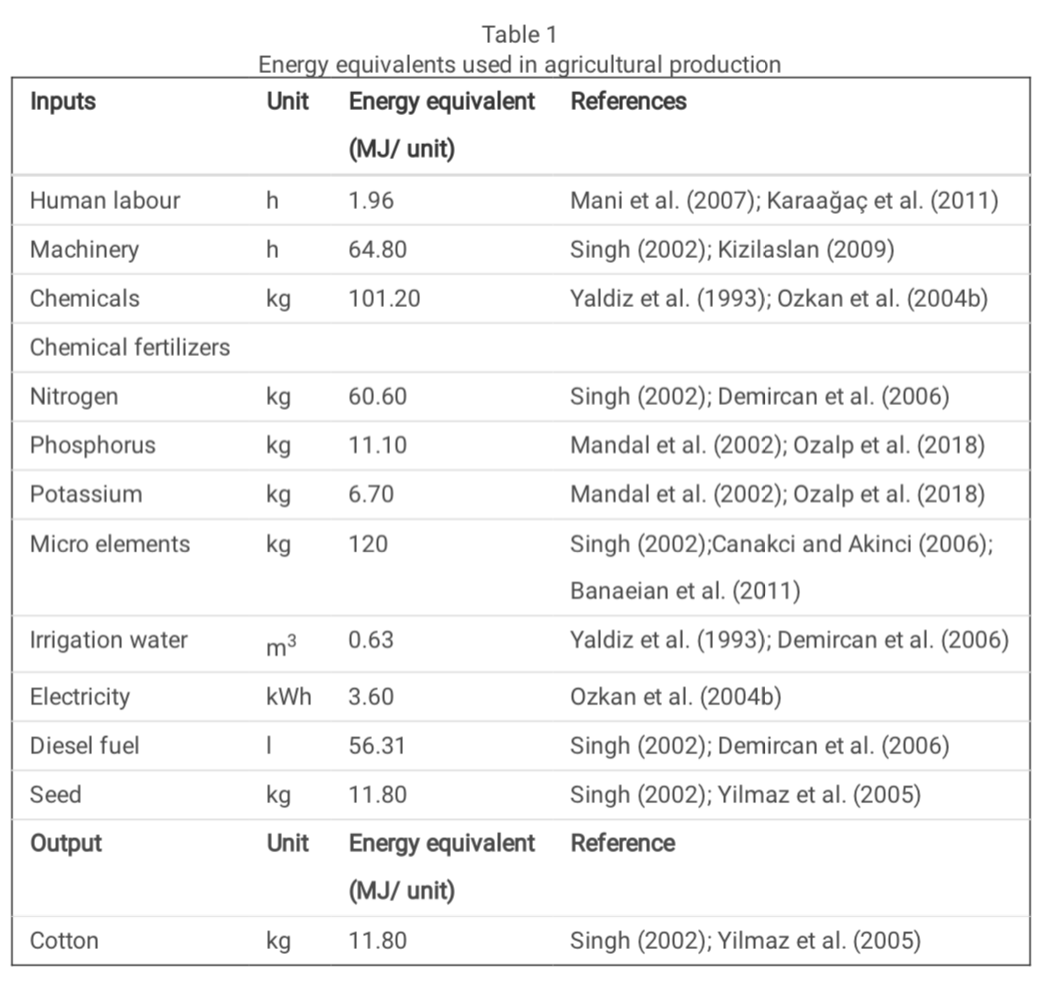
This paper studies the energy use efficiency (EUE) and greenhouse gas emissions (GHG) of cotton cultivation in the Beşiri region of Batman province in Turkey.
It found that the average cotton yield per hectare of the 64 cotton enterprises was calculated as 5113.65 kg/ ha.
As per these figures, total HG emissions were calculated as 3742.59 kgCO2 for cotton cultivation and the GHG ratio as 0.73.
Here is the breakdown for each unit.
GHG emissions have been related to nitrogen by 26.19%, electricity by 24.73%, irrigation water usage by 18.48%, diesel fuel usage by 17.31%, seed usage by 5.04, chemicals usage by 2.93%, phosphorus usage by 2.74%, human labour usage by 2.36%, potassium usage by 0.19% and machinery usage by 0.03%, respectively.
The main problem is relying on energy-intensive methods to grow cotton.
The GHG emissions beyond growing cotton
Because of the lack of available research and diverse distribution and consumption channels. The above numbers mainly focus on the emissions caused just by growing cotton.
However, that’s not where it ends.

The chart above shows the climate impact generated by Swedes during the various phases of the clothing life cycle.
Where we buy our clothes from, where the garment came from, and how you use and dispose of them; all contribute to the GHG emissions of your garment.
Choose wisely, choose hemp
A lot of work is being done to come up with more sustainable methods of growing cotton to reduce the impact of cotton on climate change. But, too little and too late.
Today, cotton and climate change go hand in hand and we should to know that Cotton & Climate How to stop global warming climate change
We need more sustainable alternatives like hemp. And more importantly, we need organizations that promote the sustainable development of such fabrics. Visit the hemp foundation.
- The organization is dedicated to promoting sustainable lifestyles among the communities that convert hemp to your fabric.
- The policy and management decisions are informed by documenting local insights on changes in the ecosystem.
- Promotes awareness about ecologically harmful practices that have become ingrained in everyday living habits.
- All the farmers follow organic farming techniques. By doing this, the organization is building their capacity to use organically grown hemp in producing a number of sustainable agro-products that extends such sustainable agricultural practices.
Hemp is your answer to ‘How to stop global warming’. In this article, we have told you the link between cotton and climate change. Buying ethically is the first step to reducing climate change.
But, that’s not all. You have to also be mindful of how you use your garment after. Think about how you maintain the garment, dispose of it and wash it.
Sources:
http://awsassets.wwfindia.org/downloads/wwf___cotton_carbon_emission.pdf
https://ejfoundation.org/news-media/clothes-and-climate-is-cotton-best
https://www.wto.org/english/tratop_e/agric_e/item_3_icac_climate_change__cotton_final.pdf
https://www.trvst.world/sustainable-living/fashion/environmental-impact-of-cotton/#cmf_footnote_7
https://www.reuters.com/article/us-global-climatechange-agriculture-idUSKBN26S2HV
https://www.mdpi.com/2571-8789/4/2/20/htm


